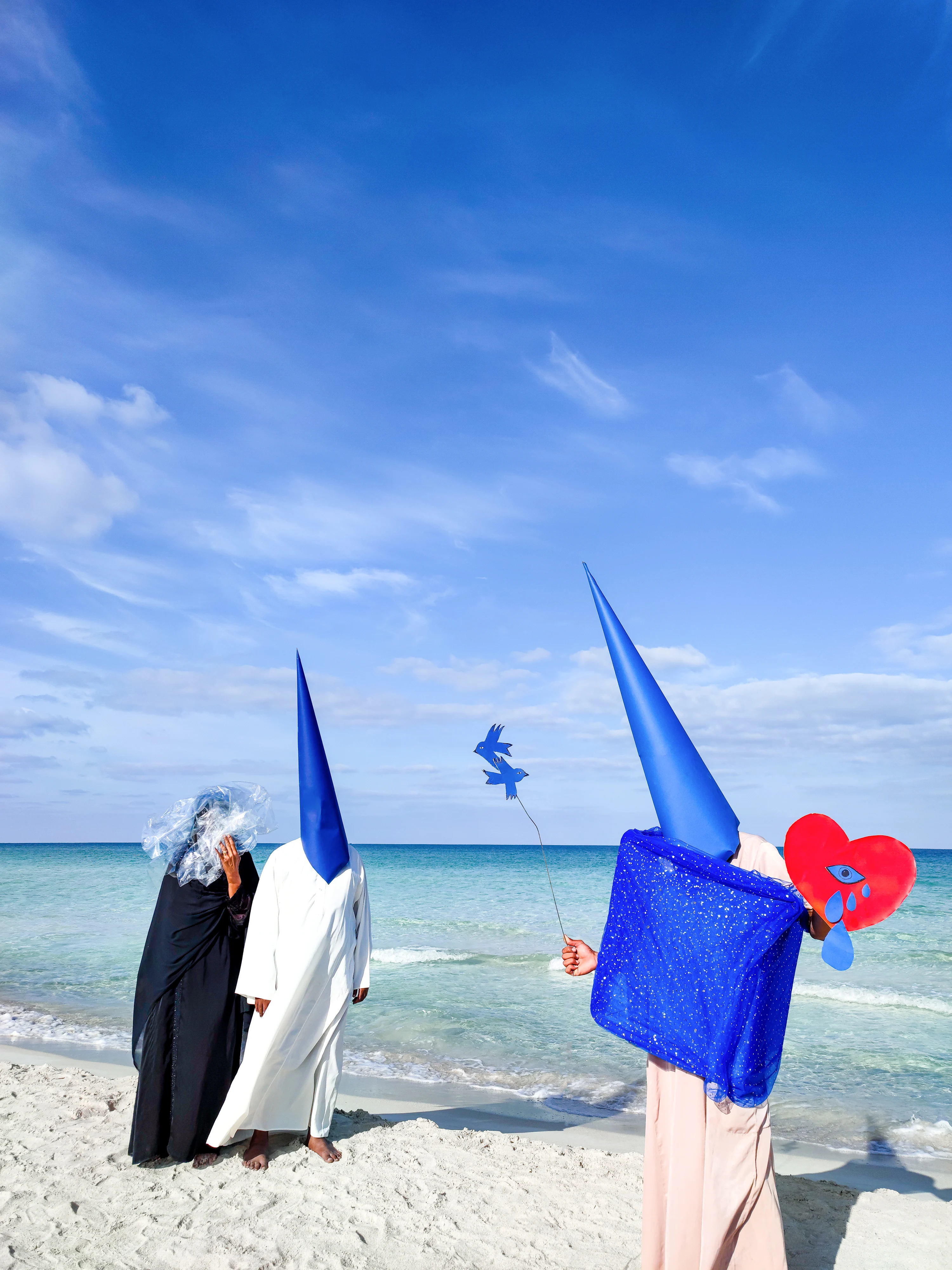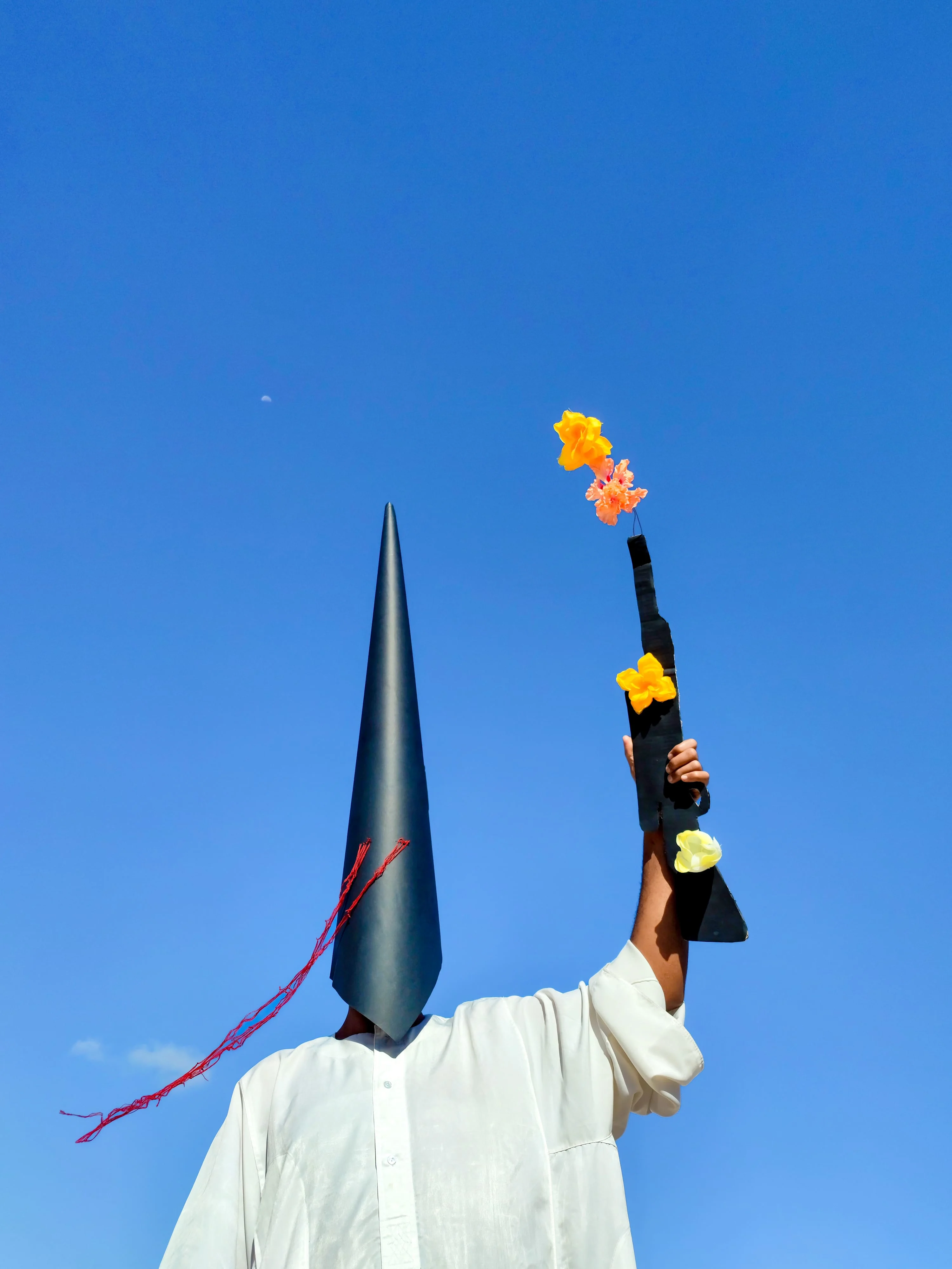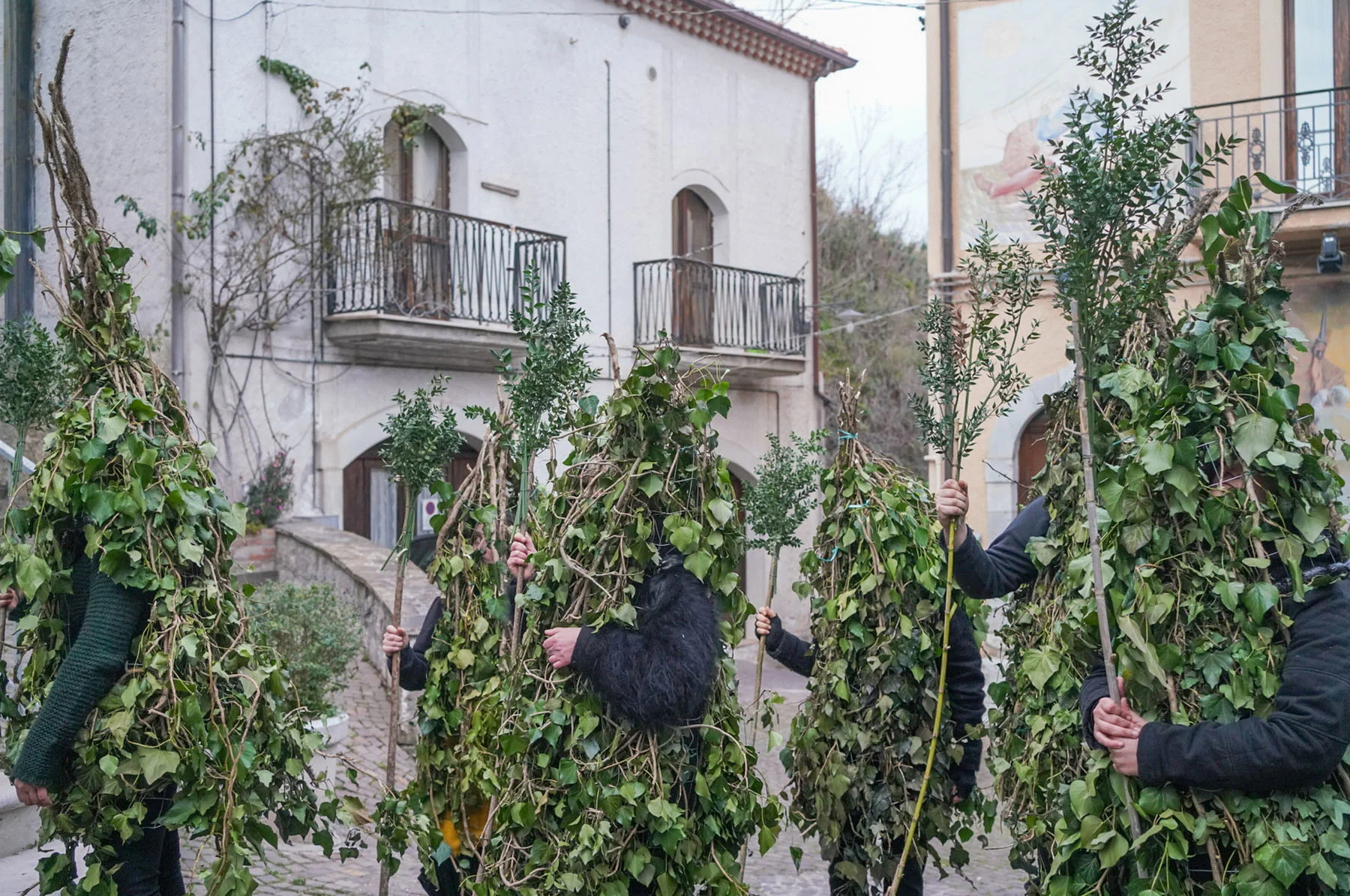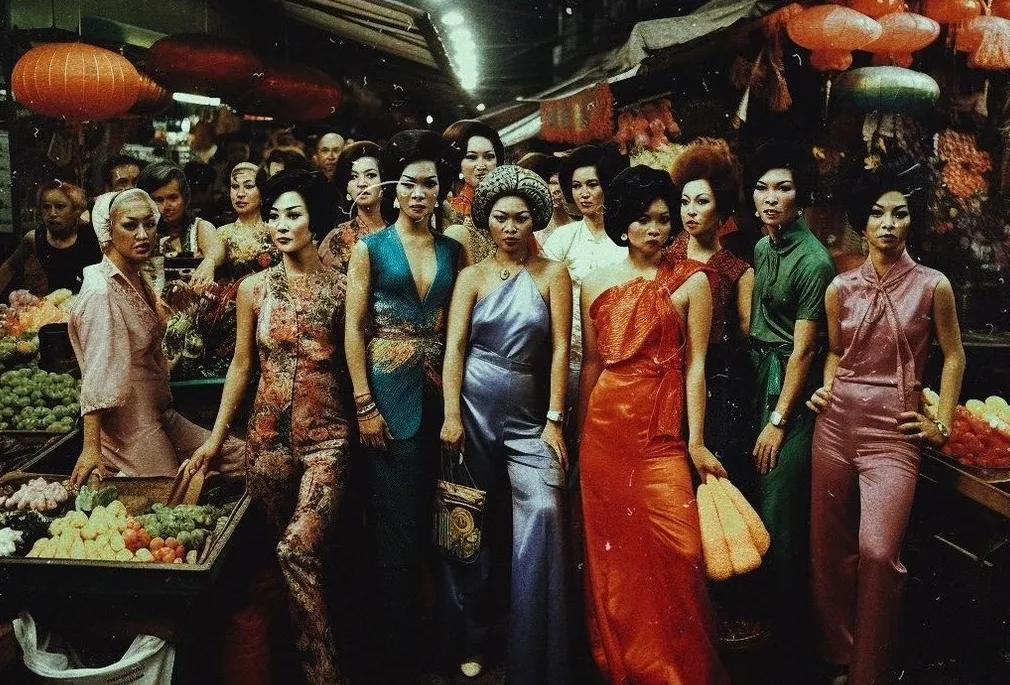

Artist Hashim Nasr was on holiday in Egypt when civil war erupted at home in Sudan in April 2023. Forced to remain in Egypt for the foreseeable future and struggling to adapt, he threw himself into his art, creating his latest series “On War and Displacement.” He tells Alexander Durie how visualizing the emotional experience of exile helped him reckon with his situation, and how the series is an homage to those who remain on home soil.
When Hashim Nasr left Sudan with his family in early April 2023, he was initially just planning on spending Ramadan in Egypt, at his family’s holiday home near Alexandria. But two weeks later, civil war erupted in Sudan, as the paramilitary group the Rapid Support Forces (RSF) launched a full-scale attack on Khartoum in an attempt to take control of the country. “I packed only a small suitcase, not expecting to be away for long,” Nasr says. “It wasn’t a choice to stay in Egypt, but it was too dangerous to go back.”
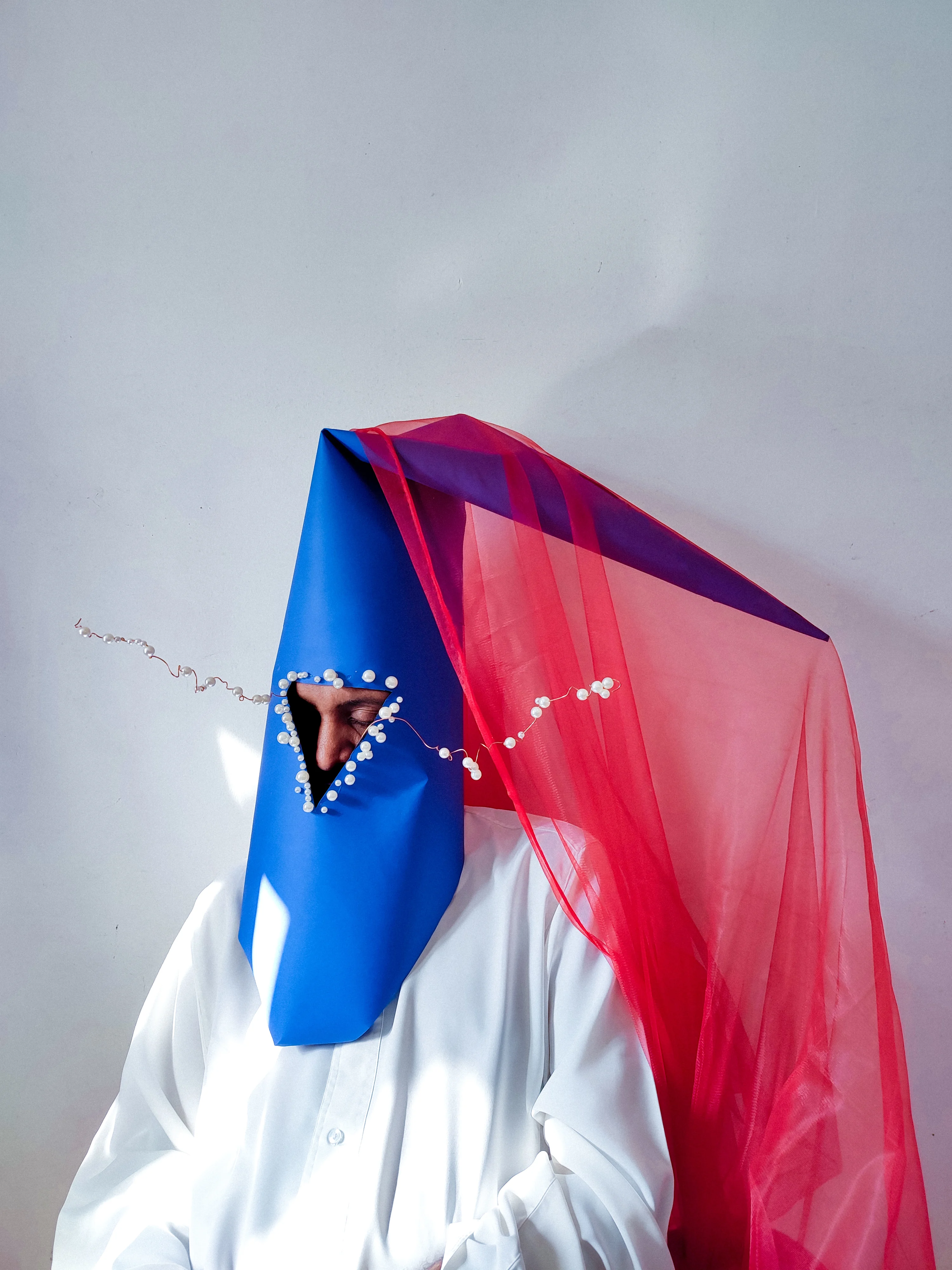

I have this idea of longing for freedom.
Nasr is one of over 1.5 million Sudanese to have relocated to Egypt, as the war rages on in their country. Like many refugees, he struggled to adapt and feel at home in his new surroundings. In the first few months, he didn’t buy any furniture for his room and lived from his suitcase. “I just had this mentality that, at some point, I will go back to Sudan,” he says. What gave Nasr a sense of meaning and solace in this difficult period was his art. Specifically, developing a photo series on displacement—which he hoped Sudanese people in exile could relate to—in his characteristic style rooted in experimental and conceptual photography.

Take his image “Displacement North,” for instance, in which a model is on a rooftop in Alexandria, their face hidden by a large white cone, carrying a clock attached to a moon in one hand, and transporting a small suitcase tied to some birds in the other. The model in the shot is inspired by Nasr’s own feelings and experiences: “I have this idea of longing for freedom,” he says. “Birds always represent a longing for my personal home and freedom, carrying dreams and hopes with me, and the trauma of this war. The clock references the time when the war started—I had a phone call with my uncle at 7.20am on April 15 2023 when it started. And the suitcase has my own belongings.”

It wasn’t a choice to stay in Egypt, but it was too dangerous to go back.
Nasr is timid and quiet, so even if much of his work explores the idea of the self, he doesn’t want to show his face or to be the center of attention. But sometimes, he says, art can be a form of resisting traditional ways of representing our identity. “The subjects are a way to hide my identity, and the models are my friends and neighbours,” he explains. “They don’t want to show their faces because they’re shy, and I wanted to give them a more secure space, so putting the cones on them gives them more confidence, and it’s a challenge for me to be more creative.”
While the series title, “On War and Displacement,” might invoke violent graphic images, perhaps of bloodied civilians, bombed hospitals or desperate refugees, Nasr’s photos are quite the opposite: colorful, vibrant and full of life, with a sense of magical realism, as if they were taken from a dream. “People need to engage more with different ways of documenting realities,” he says. “My way is maybe unfamiliar, but you have to question what photos are about—provoking this question has always been my purpose.”
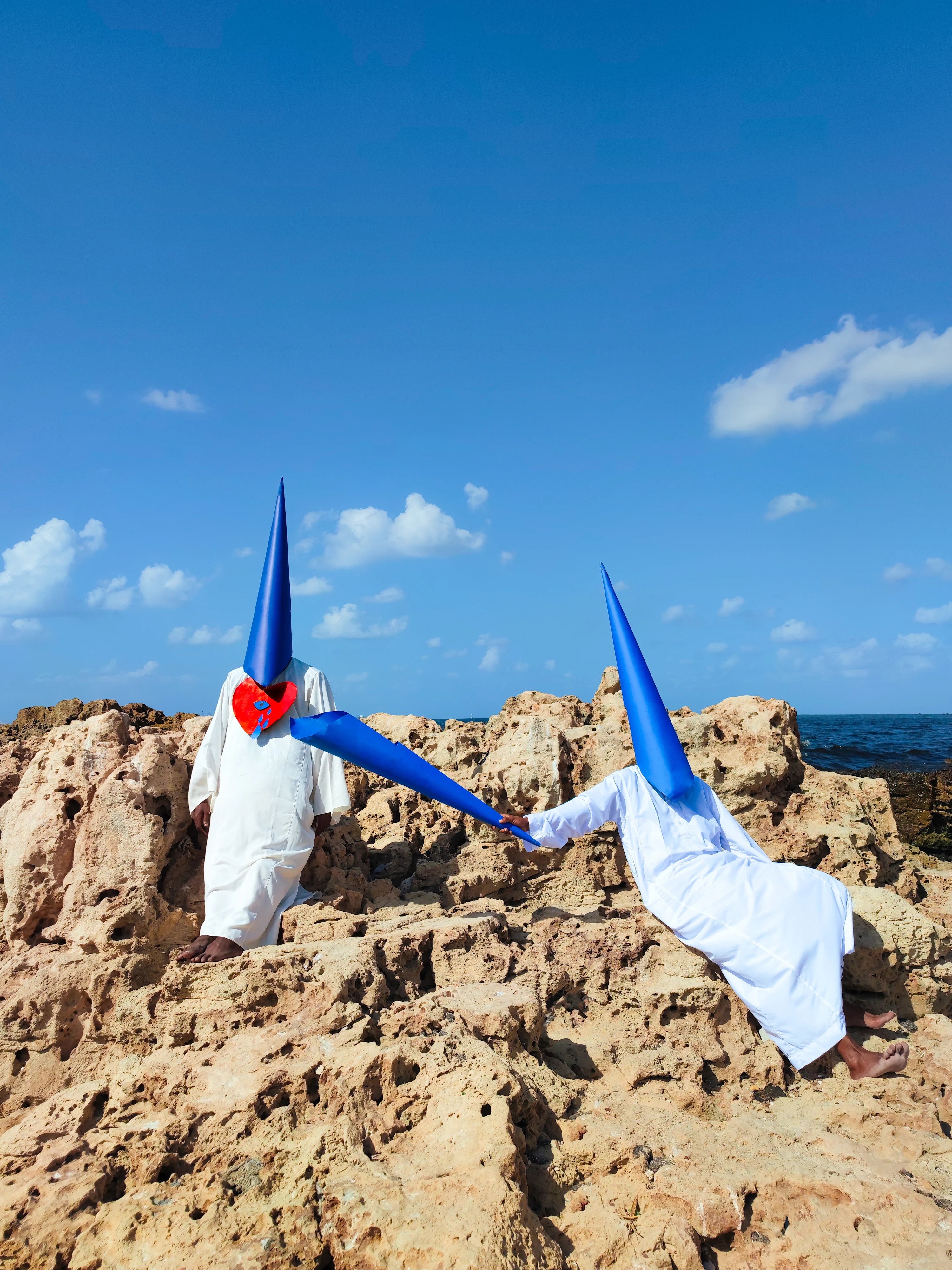
The project has received grants from the Prince Claus Fund, the Magnum Foundation and the Arab Fund for Arts and Culture (AFAC) as part of the prestigious Arab Documentary Photography Program. Another major step forward was being selected by The British Journal of Photography in its Ones to Watch in 2024. Nasr says that the first thing he did after receiving his grant was to buy his first professional camera. Before that, and still today, most of his images, including the ones from this series, are shot on his mobile phone, a Xiaomi Redmi Note 10 Pro. A big reason he continues to shoot with his phone is to avoid getting questioned by Egyptian authorities, who often stop people with big cameras and ask for permits.
Nasr finds inspiration for his images through real-life stories, and sometimes dreams. Every shot is first drawn by himself, before he buys the materials for them in markets, chooses a setting “related to surrealism, like the desert or the sea,” and then presents these drawings to his models. “I’m very perfectionist, [the photo] has to be exactly like my sketches,” he says.


A [Sudanese] friend of mine told me that he feels connected with the characters in my photos as they tell his story.
Nasr’s longing for his family and his homesickness are felt deeply in this series. One photo, titled “The Safest Place was Under the Dining Table,” refers to a conversation he had with his aunt when she heard air strikes outside her home in Khartoum. Another shot, “Remembering My Uncle,” shows four male models, three with large blue cones over their faces, and one with a bouquet of flowers above his head. “We lost an uncle due to kidney failure in June 2023 because of a shortage of medicine [coming into Sudan],” Nasr says. “I have four uncles. He [the one who passed away] is the one with the flowers, to pay homage to his memories.”
The mere act of sharing these images on his Instagram has provoked curiosity in people to learn more about what’s happening in Sudan, and the fate of Sudanese refugees scattered across the globe. This series, for him, is an “homage to those who are still in Sudan,” and evoke his “wish for the war to end as soon as possible.” “If I make just one person more interested in Sudan, I’m happy,” he says. “A [Sudanese] friend of mine told me that he feels connected with the characters in my photos as they tell his story. I couldn’t be more proud of that. It feels like I’m doing something meaningful.”
